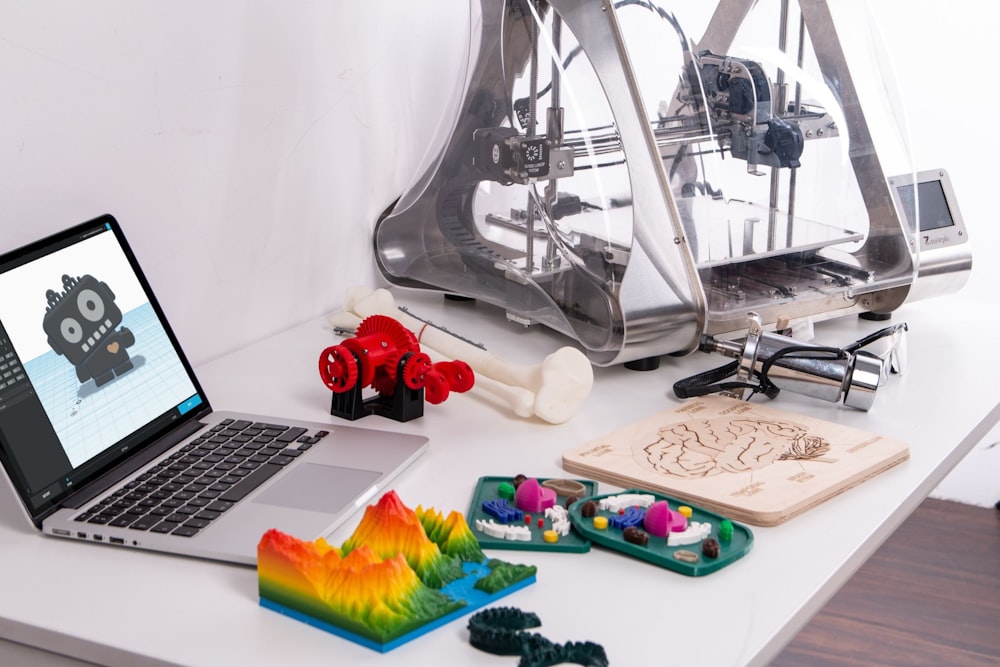Navigating the World of Solidity Programming: Crafting Smart Contracts
Embarking on the journey of Solidity programming opens doors to the exciting realm of blockchain development. Let’s delve into the intricacies of Solidity and explore how it empowers developers to build robust and secure smart contracts.
Understanding the Essence of Solidity
Solidity, a high-level programming language, is designed specifically for creating smart contracts on blockchain platforms like Ethereum. Smart contracts are self-executing contracts with the terms of the agreement directly written into code. Solidity acts as the bridge, enabling developers to express these agreements in a programming language that runs on the Ethereum Virtual Machine (EVM).
The Power of Smart Contracts
Smart contracts, powered by Solidity, bring a new level of automation and trust to various industries. From financial services to supply chain management and beyond, these contracts execute automatically when predefined conditions are met. This not only eliminates the need for intermediaries but also enhances security and transparency in transactions.
Solidity’s Syntax: A Unique Blueprint
Solidity’s syntax is crafted to be familiar to developers with a background in C, JavaScript, and Python. This intentional design choice aims to make the language accessible while maintaining the security required for blockchain applications. Understanding Solidity’s syntax is like deciphering the blueprint that defines the rules and operations of a smart contract.
Building Blocks of Solidity: Contracts and Functions
In the Solidity landscape, contracts serve as the foundation. A contract is a collection of functions and state variables that encapsulate the logic and data of a smart contract. Functions, in turn, are the executable units within a contract, dictating the actions the contract can perform. It’s akin to constructing a virtual building where each function represents a distinct room with a specific purpose.
Data Types and Variables in Solidity
Just like any programming language, Solidity employs various data types and variables to manage information. From integers and strings to complex structures like arrays and structs, Solidity provides a rich set of tools for developers to work with data in their smart contracts. These data types serve as the building blocks for creating dynamic and versatile blockchain applications.
Security Measures in Solidity
Security is paramount in the world of blockchain, and Solidity is equipped with features to mitigate vulnerabilities. Developers must implement best practices, such as input validation, secure storage, and access control mechanisms, to ensure that smart contracts are resilient against attacks. Solidity programming involves not just coding functionality but also crafting robust defenses.
Testing and Debugging Solidity Code
As with any software development, thorough testing and debugging are crucial steps in Solidity programming. Developers use tools like the Remix IDE and testing frameworks such as Truffle to simulate and assess the behavior of their smart contracts. This meticulous testing process ensures that the code functions as intended and is free from potential vulnerabilities.
Deploying Smart Contracts on the Ethereum Blockchain
The ultimate goal of Solidity programming is to deploy smart contracts on the Ethereum blockchain. This involves interacting with the Ethereum network, submitting transactions, and confirming that the smart contract is successfully deployed. The deployment phase is akin to bringing a digital creation to life, ready to execute its predefined functions on the blockchain stage.
Continuous Learning in the Solidity Ecosystem
The world of blockchain is dynamic and ever-evolving, and Solidity programmers must stay abreast of updates and advancements. Exploring online resources and educational platforms is essential for continuous learning. For those eager to dive into Solidity programming, platforms like Solidity Programming offer comprehensive courses and materials to accelerate your journey.
Joining the Solidity Community
Solidity programming is not just about writing code; it’s about being part of a vibrant and collaborative community. Engaging with fellow developers, participating in forums, and attending blockchain events contribute to a richer learning experience. The Solidity community is a place where ideas are shared, challenges are discussed, and collective knowledge propels the entire ecosystem forward.
Embarking on the journey of Solidity programming is an exciting venture into the future of decentralized applications and smart contracts. As you navigate this landscape, remember that Solidity is more than just a programming language; it’s a gateway to transforming digital agreements into self-executing, tamper-proof contracts on the blockchain.


